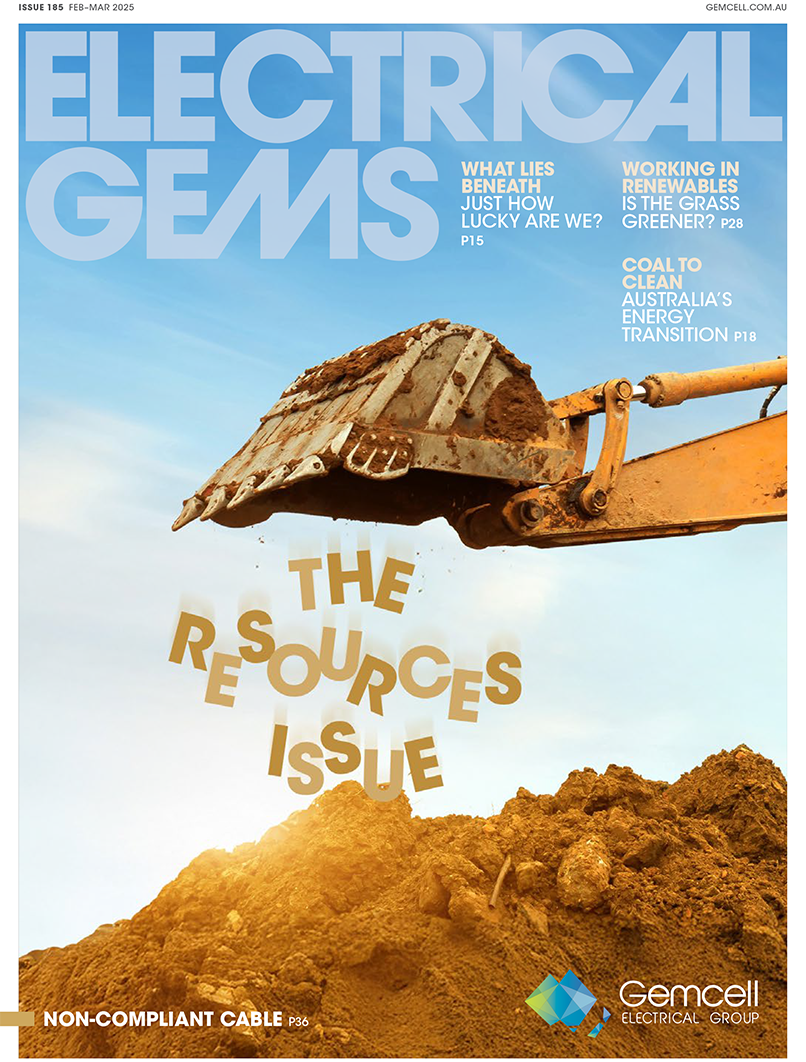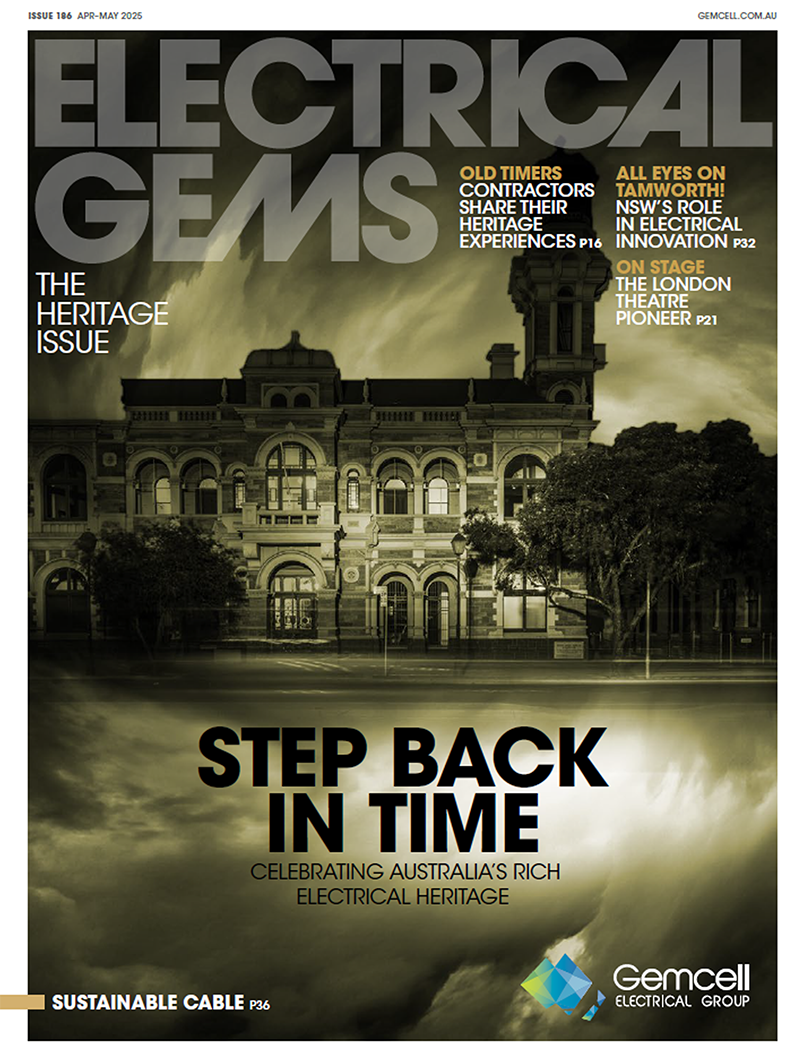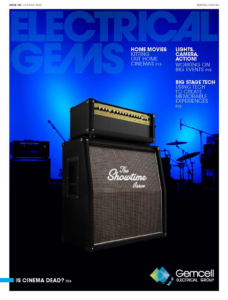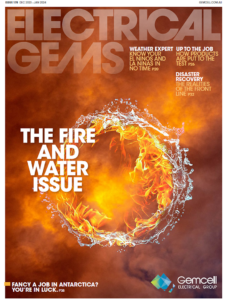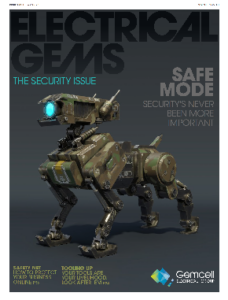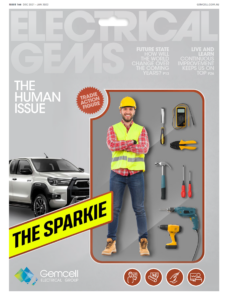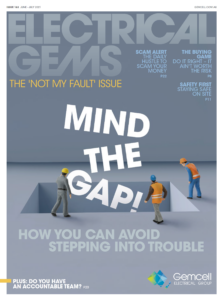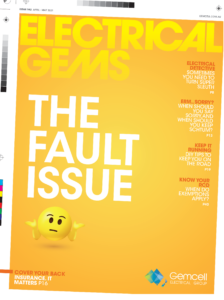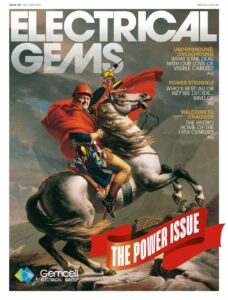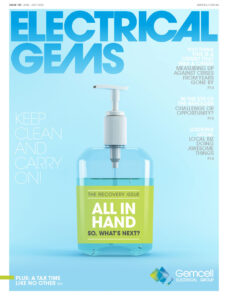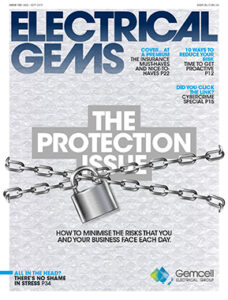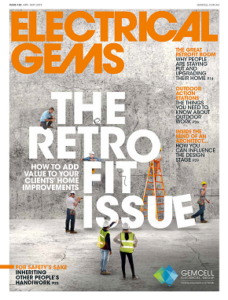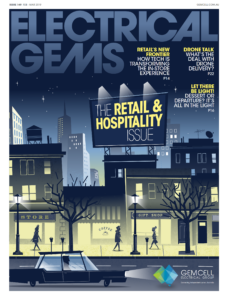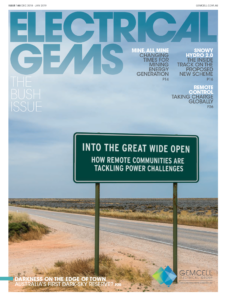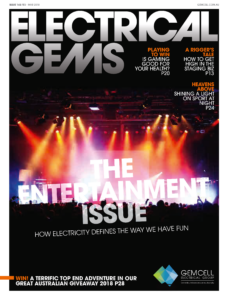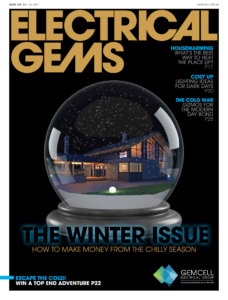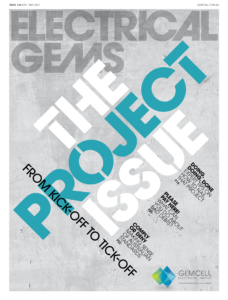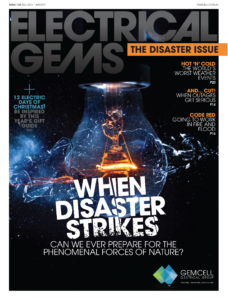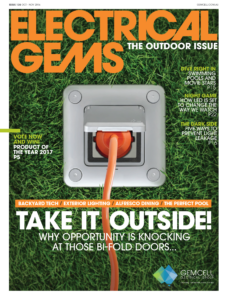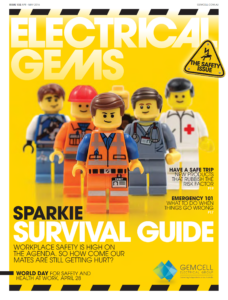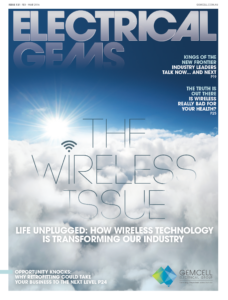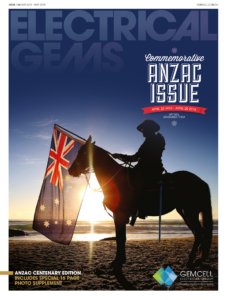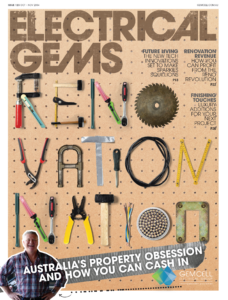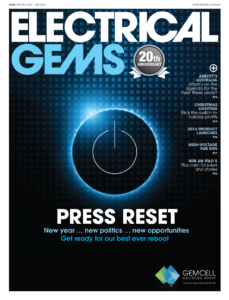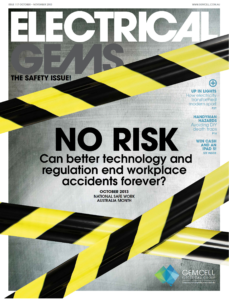If you’re working a fly-in fly-out job (FIFO), you’re covering some decent distances. We get the lowdown on what it’s really like to work FIFO.
FIFO work is a common way of operating for many in Australia, with estimates putting the number of FIFO workers in Australia at around 120,000 – than 60,000 of whom are based in Western Australia.
That weighting to the west is no surprise; after all, mining and offshore industries are highly prevalent in this area of the country, and they require a whole host of professionals to operate; from tradespeople to drivers, chefs to cleaners, there’s a lot of different skills needed to keep these facilities running.
The FIFO life, of course, isn’t for everyone, and it’s the sort of working arrangement that comes with some serious pros and cons.
On the one hand, you’re well recompensed with few outgoings while at work, and have good time off to spend with friends and family. On the other, you’re away from home for decent stints, and long hours can lead to fatigue and stress.
It’s not a life for everyone – but for those it suits, it’s an extremely rewarding way of working.
What’s it really like working FIFO?
An electrician by trade, Andrew Mitchell is now the Area Manager at Breight Group in WA (and a regular at Gemcell wholesaler MIW). He’s been working FIFO on mining sites for more than 15 years.
“I started working FIFO when I was 21, and bar three years when I was working in the city, I’ve worked FIFO all my working life,” he says.
“When I started, all of the rosters were four weeks on, one week off, but a lot of the rosters have come down to three on and one-off. I’m in a manager role now, so I do seven days on, seven days off, but I’ve had a few people leave recently, so I’ve just come off a four-and-a-half-week swing.”
Andrew has worked on a lot of major construction projects over the years, and today uses his experience to manage FIFO workers.
“Different people encounter different things, and in my role, a lot of people do come to me with their problems,” he says.
“When they first come to site, I always make sure they know my door’s always open – I’ve been doing it a while now and I’ve been through what they’re going through.”
Andrew says the way of working has evolved, and today more consideration is given to other things people have going on in their lives.
“When I first started, it was pretty much ‘that’s your roster, get on with it’, but we try to work with people to make sure it works for them too. For example, some people have young kids, people have important things on, and we try to work with them to get the balance right.”
Living the FIFO life
So, what’s it actually like living away on site for weeks on end? Of course, every place differs, and Andrew says that he currently has the best food he’s ever had on a site.
“They do things like proper seafood Fridays, crayfish and prawns and things like that,” he says.
“The food’s brilliant and the facilities are awesome, too. We’ve got two gyms on site, driving range nets and a soccer court where there’s games going on all the time.”
When it comes to sleep, there are pods of four rooms, each with their own bathroom, which is yours for the duration of your ‘on’ time.
And, of course, there’s the wet mess.
“We find most people there almost every other night, and it’s important to build that community and help everyone to get along,” Andrew says.
“There’s quizzes on and things like that, and it’s a good way to get everyone together.”

